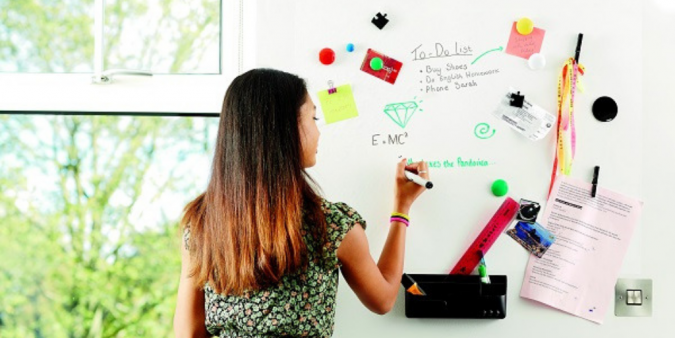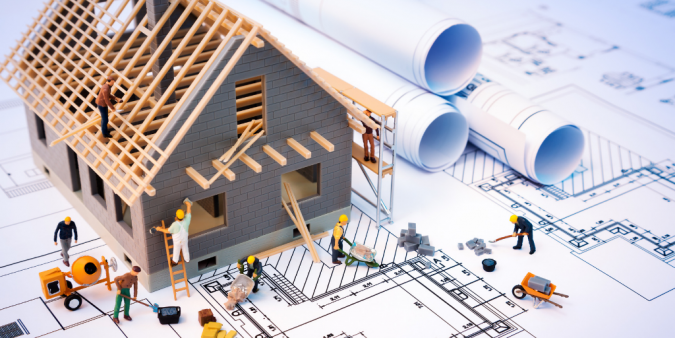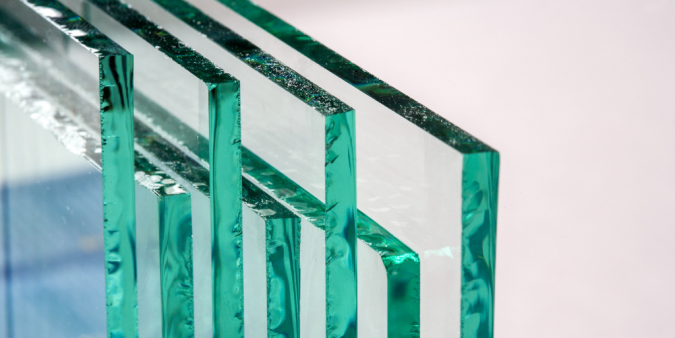Six benefits to building your own home
Every decision we make is surrounded by pros and cons, and when you’re trying to decide between buying an existing house, or building your own, it isn’t an easy decision to make.
The contemplation of such benefits can last for months or even years, so to help shorten your time in limbo, we have curated a list of the six benefits to building your own home. And hopefully, by the end of this post, you’ll be one step closer to that dream living space.
Customised To Your Needs
It might sound like a rather obvious advantage, but having freedom over the design of your home is the best way to create a living space that is perfectly suited to your own life. Whether you’re building a home for your family, for your future kids, or just for yourself, each decision you make is centred around your everyday needs.
An architect, designer, or builder can help your ideas come to life, but at the end of the day, you’re the boss. Feel the power of being a self-builder and use it to create a home that best suits you. Maybe you’ll want a bedroom with magnetic walls that can be drawn on for the kids, or a solar-powered indoor garden for sustainable living, or simply a living room that is heated naturally by the sun through passive solar gain and quality insulation. Anything is possible when you’re in control, and building a home rather than buying one can really open your eyes to the possibilities of your perfect living space.
ThistlePro Magnetic Plaster from British Gypsum creates interactive walls useful in a children's bedroom or for a to do list in the kitchen. Find out more.

Cheaper In The Long Run
In a 2017 market report by Homebuilding & Renovating, a consumer survey of over 500 self builders found the average UK build spend to be £270,000, while the average house price in the UK this year stood at £214,920. This increase in price when building a house is quite common, but if you’re on a tight budget, maybe it’s time to think outside the box with things like modular building or upcycling.
However, if you aim to be a forward-thinker, over the next decade or two it is possible to save a large amount of money. By starting with a fabric first approach as well as building to Passivhaus standards, you can achieve higher energy efficiency which will lead to reduced running costs. This combined with specific design principles to reduce maintenance costs can greatly reduce your expenditure over time. And if maintained, you’ll be having to get a new savings account to cash in all the money you’ve saved.
By applying a fabric first approach to your design, you can build a sustainable home that is energy efficient and comfortable to live in. Learn more here.

Energy Efficiency
Designing and building your own home from scratch gives valuable opportunity to adopt an energy-efficient approach. Implementing as many sustainable and energy-saving solutions as possible can become a major focus for the future of your build. For example, using a fabric first approach on your build will make sure you have a high performing, energy-efficient home where the performance of each room is maximised.
And even down to the choice of appliances, heating systems, and air conditioning, these options can help to reduce the overall energy consumption of your home.
Low Maintenance
By building your own home, you can reduce the amount of maintenance needed due to the majority of appliances and materials being brand new and/or under warranty. Even though the same can be true for new-build housing, a self-build brings a variety of other benefits to the table. Buying an existing home means you need to be prepared to deal with the wear and tear, financially and emotionally. But you could also compare this to the whole self-build process, so it just depends on what type of challenge you’re searching for.
Furthermore, on the construction side of things, some builders can even offer a new construction warranty, lasting up to 10 years, whereby any issues relating to the construction of your home are covered. So if you’re lucky enough to get one of these, that’s a whole decade of peace of mind.
Eco-Friendly
The majority of builders are now applying their environmental concerns into their projects, which is creating a rapidly positive growth for eco-friendly opportunities. Traditional or contemporary, this is a great development for the future of housing and there are a number of varied methods available for your self-build to help save the planet.
For example, an insulated timber frame system can be built off-site with factory fitted insulation, which then leads to low-carbon construction. This type of timber frame also retains more heat through the factory fitted insulation which will help to increase the thermal efficiency of your home. Whereas more natural materials can include hempcrete or even straw bales which touches on the reuse of waste products. These more natural methods of construction reduce the environmental footprint and can provide an array of recycling opportunities.
These six benefits are our main highlights for building your own home, but we think you should always remember to keep comfort in mind. A self-build is all yours, you can do whatever you want within reason, and by creating a living space that is comfortable all year round for the whole family, you’ll never want to leave. And if you can build such a space that also saves you money and is environmentally friendly, it sounds like a bit of a no-brainer.



